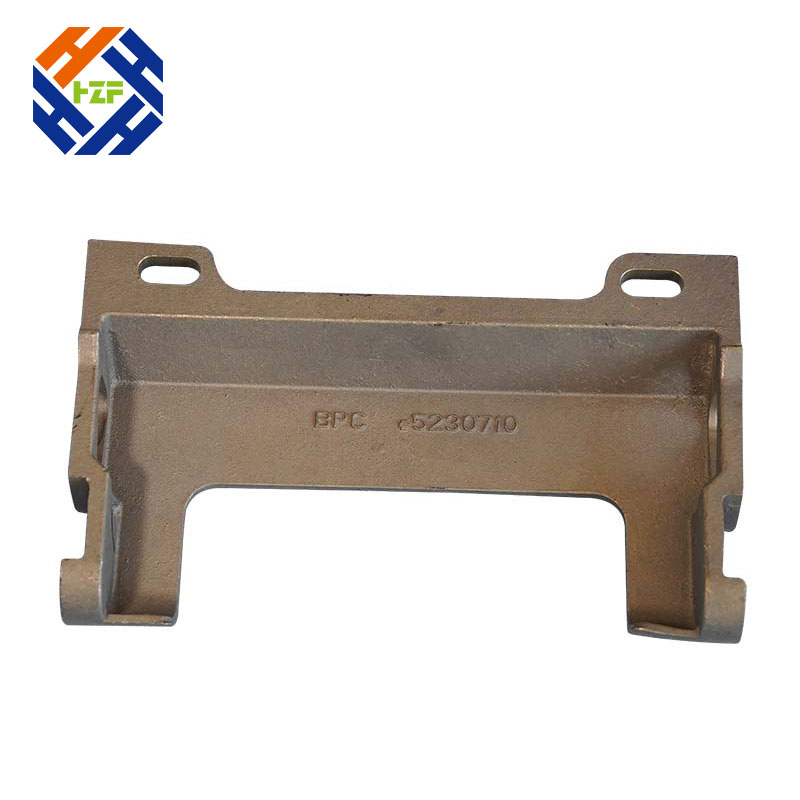Understanding Sand Casting Parts: The Backbone of Traditional Metal Manufacturing
2025-06-05
In the world of metal manufacturing, sand casting remains one of the most widely used and versatile methods for producing complex metal parts. Whether you’re in automotive, aerospace, construction, or machinery industries, sand casting parts often play a crucial role. But what exactly is sand casting, and why is it still so relevant in modern manufacturing? Let’s dive in.

What Is Sand Casting?
Sand casting is a metal casting process that involves creating a mold from a special sand mixture, into which molten metal is poured to form a desired shape. After the metal solidifies, the sand mold is broken away, revealing the cast part.
This technique dates back thousands of years but continues to be popular because of its simplicity, flexibility, and cost-effectiveness, especially for producing large or complex metal parts in small to medium quantities.
Advantages of Sand Casting Parts
1. Versatility:Sand casting can be used to create parts from a wide range of metals, including aluminum, iron, steel, bronze, and more.
2. Complex Shapes:It allows for the production of parts with intricate geometries and internal cavities that would be difficult or expensive to achieve with other manufacturing methods.
3. Cost-Effective for Small Runs:Unlike die casting or CNC machining, sand casting requires less expensive tooling, making it ideal for prototypes, repairs, and low-volume production.
4. Large Size Capability:Sand casting can produce very large parts, sometimes weighing several tons, which other casting methods may not handle easily.
Common Applications of Sand Casting Parts
Sand casting parts are found in a variety of industries and products:
Engine blocks and cylinder heads in automotive and machinery
Pump housings and valves in the oil and gas sector
Structural components in construction equipment
Decorative and functional parts in industrial machinery
Key Considerations When Choosing Sand Casting
Surface Finish:Sand casting parts typically have a rough surface compared to other casting methods and might require additional machining or finishing.
Dimensional Accuracy:While generally good, sand casting is less precise than die casting or investment casting, which might affect tolerance-sensitive applications.
Lead Time:Mold preparation and curing can add to production time, but this is balanced by the low cost of tooling.
Innovations in Sand Casting Technology
Modern advances, such as using chemically bonded sand and computer-aided mold design, have improved the quality, precision, and speed of sand casting processes. These innovations help maintain sand casting’s competitiveness in an era dominated by high-tech manufacturing.
Conclusion
Sand casting parts continue to be an essential solution for manufacturing durable, complex metal components cost-effectively. Whether for prototyping, small batch production, or large, heavy-duty parts, sand casting provides flexibility and reliability unmatched by many other methods. If you’re considering metal parts manufacturing, sand casting might just be the perfect fit.


